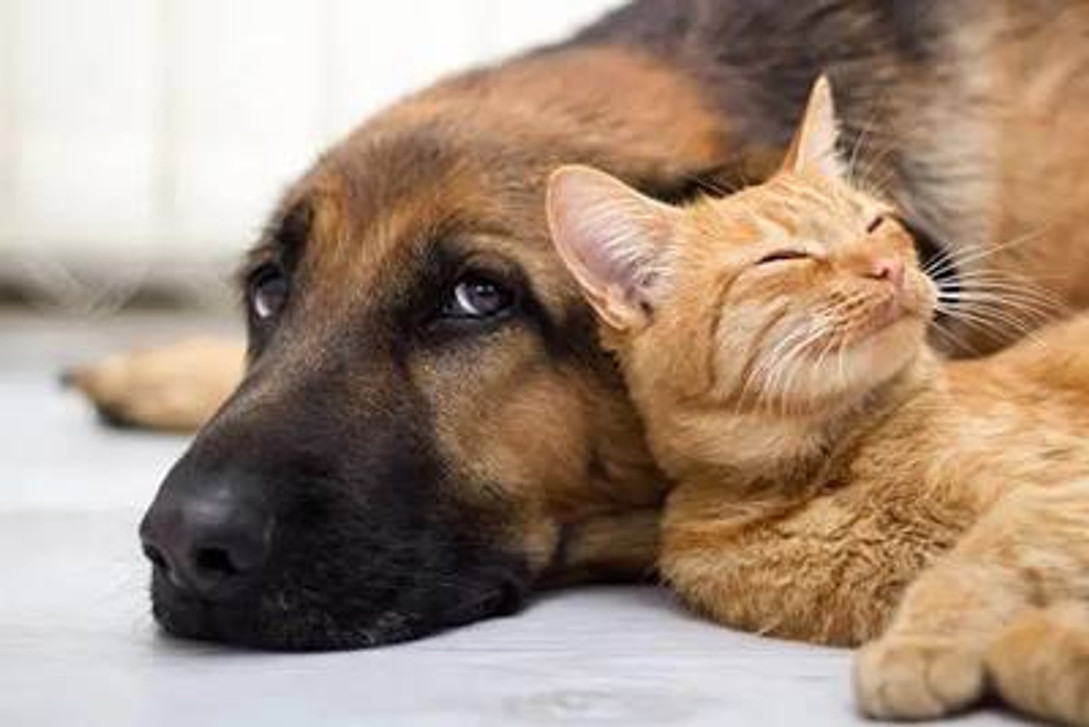Why is it important to clean and disinfect kennels?
We tend to ignore information about commercial kennels because our pets at home are not exposed daily as a commercial kennel is. But if your pet at home leaves the house, goes for walks, plays at a public pet park, or interacts with other animals other than the ones he lives with, goes to sitter, where it can be exposed to a virus and can become a carrier of a disease and bring it home. Exposing all your other pets and areas where the pet sleeps, eats, etc.
Which animals, and how does a pet get infected?
Parvoviruses are capable of infecting and causing disease in carnivores and are found worldwide. Parvoviruses can also infect domestic cats and dogs. Wildlife species that can be infected with parvoviruses include coyotes, wolves, foxes, raccoons, minks, and bobcats.
Dogs and cats, being scent-driven creatures, like to smell any poop they come across to see who is in their territory. A good sniff can easily inhale CPV off the stool. Young puppies, who are willing to taste anything, may lick or even eat the poop. Because the virus is so contagious, dogs/cats can catch parvo anywhere: in kennels, dog parks, yards, and, yes, potentially your home.
Additionally, stool does not have to be fresh to be infected. If it is in a dark, damp area, the virus can last months or even years. Even if your dog/cat does not sniff or lick infected feces, they may unknowingly walk through it. Their dirty paws can then track the virus indoors, across your floor, carpets and up onto your couch. Virus-contaminated objects are called fomites, and they can infect any dog/cat in the house who sniffs them.
Unfortunately, CPV is a very tough virus and can survive indoors at room temperature for two months. The coating around the virus’ DNA is made of proteins rather than lipids (fats), making them resistant to most pet-safe household cleaners.
Regular disinfecting treatment with an EPA-registered disinfectant like SealGreen Lemon 64 Kennel Disinfectant will help keep dangerous bacteria at bay and eliminate lingering odors. To prevent the buildup of illness-causing bacteria, disinfect your dog's kennel and everything monthly, if your pet spends time outdoors. If your kennel is used less often, disinfect accordingly.
Cleaning and disinfecting always go together. Washing is important to remove dirt and smells from the floor. The kennel, the dog poops, urinates, vomits, and does other things. An unclean kennel has an unpleasant smell and looks awful. But in addition to cleaning up such organic waste, you also need to disinfect the room of your dog/cat. Disinfecting gets rid of things we cannot see. Kennels can be a breeding ground for various bacteria and viruses.
It takes time to clean and disinfect the kennel of your dog/cat. But for hygiene, it is especially important, not only for your dog/cat but also for the rest of your household. Each time she pees or poops, you can clean up. But to eliminate deep-seated dirt, grime, and bacteria that accumulate over time, you also need to deep clean and disinfect the kennel regularly.
Is There a Difference between Cleaning, Sanitizing and Disinfecting?
Cleaning is the overall practice of removing poo, hair, urine, vomit, and other stains or odors from the kennel.
Cleaning is a physical process that removes dirt and grime from surfaces, usually by wiping, scrubbing, laundering, or vacuuming. Using SealGreen Kennel Cleaner as a cleaning product can make removing dirt easier but will not necessarily eliminate germs. Cleaning is an important first step that prepares a hard, nonporous surface so a sanitizer or disinfectant product will work effectively when applied.
Sealing all the concrete surfaces with SealGreen Kennel Sealer in your dog or cat kennel will simplify the cleaning process by half the time it takes to clean and unseal surface.
Sanitizing - SealGreen Lemon 64 (used as a sanitizer) is a product that decreases bacteria counts on surfaces to levels considered safe by public health codes or regulations. Products that make sanitizing claims must be registered with the EPA. The registration includes specific directions for use that must be followed for the product to work effectively. The registration also lists all the organisms the product is effective against when used as directed. Keep in mind that EPA-approved sanitizers only carry claims for bacteria, not viruses.
Disinfecting - SealGreen Lemon 64 (used as a disinfectant) is a specific type of cleaning that kills bacteria, viruses, fungi, and other microscopic organisms. This limits the organisms from developing further. Disinfecting does not remove organic waste. So, it is always better to clean a kennel first before disinfecting it.
Disinfection is a higher level of germ kill than sanitization. Disinfectants work by effectively killing or eliminating various bacteria and viruses from inanimate surfaces and are also regulated by the EPA. Disinfecting hard, nonporous surfaces is one of the most reliable ways to help lower the risk of spreading germs from surfaces by touch.
Disinfectants usually require a pre-cleaning step that removes obvious dirt before the disinfectant is applied to the surface. This is because disinfectants break down in the presence of organic matter, which can lower the concentration of the active ingredient to a level that may not be adequate for disinfection.
It is important to only use EPA-registered disinfectants when you want to kill viruses that may spread cold and flu illnesses, as well as COVID-19. To help you choose the appropriate disinfectant, the list here is helpful: https://www.epa.gov/pesticide-registration/
SealGreen Kennel Products - environmentally safe, pet safe and compatible with each other.
SealGreen Kennel Cleaner
SealGreen Kennel Sealer
SealGreen Lemon64 Disinfectant
SealGreen Snow and Ice Melter

